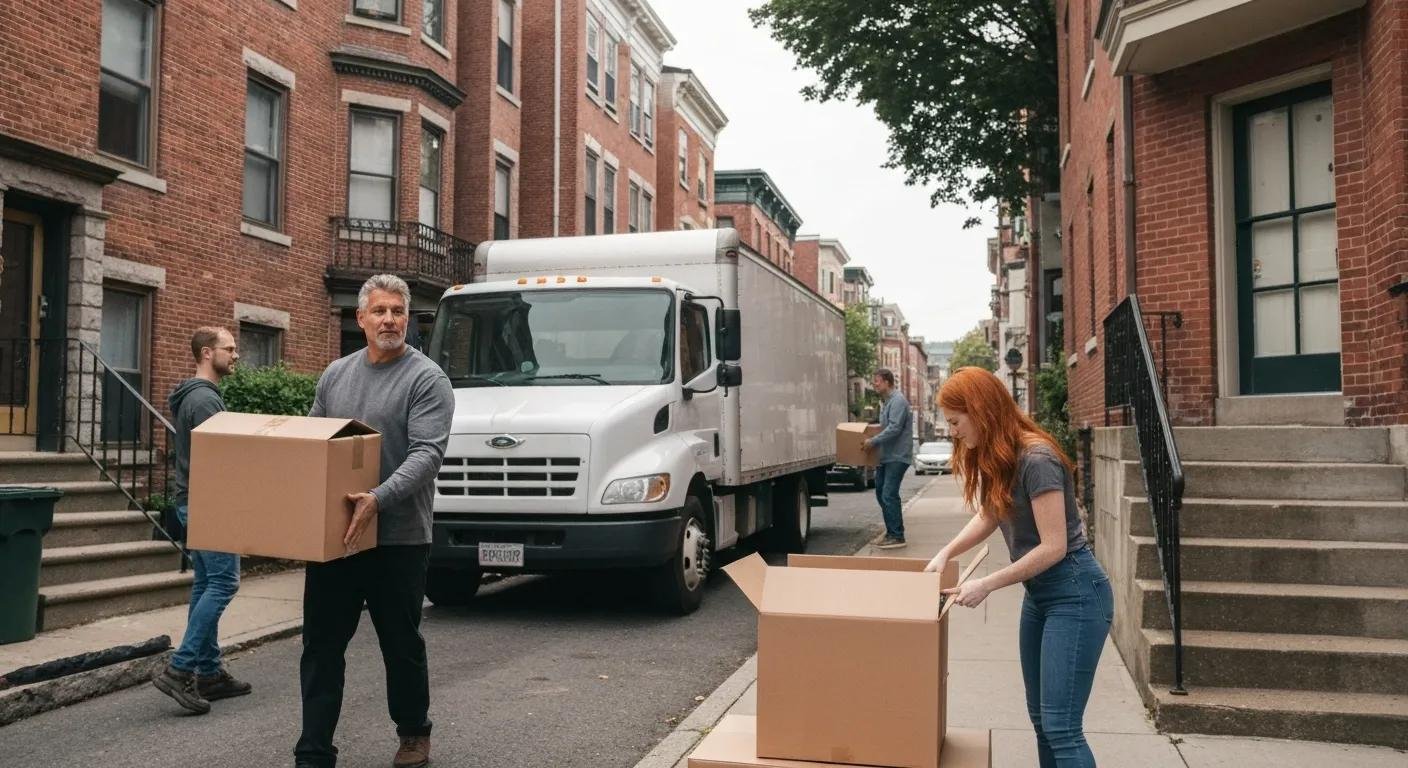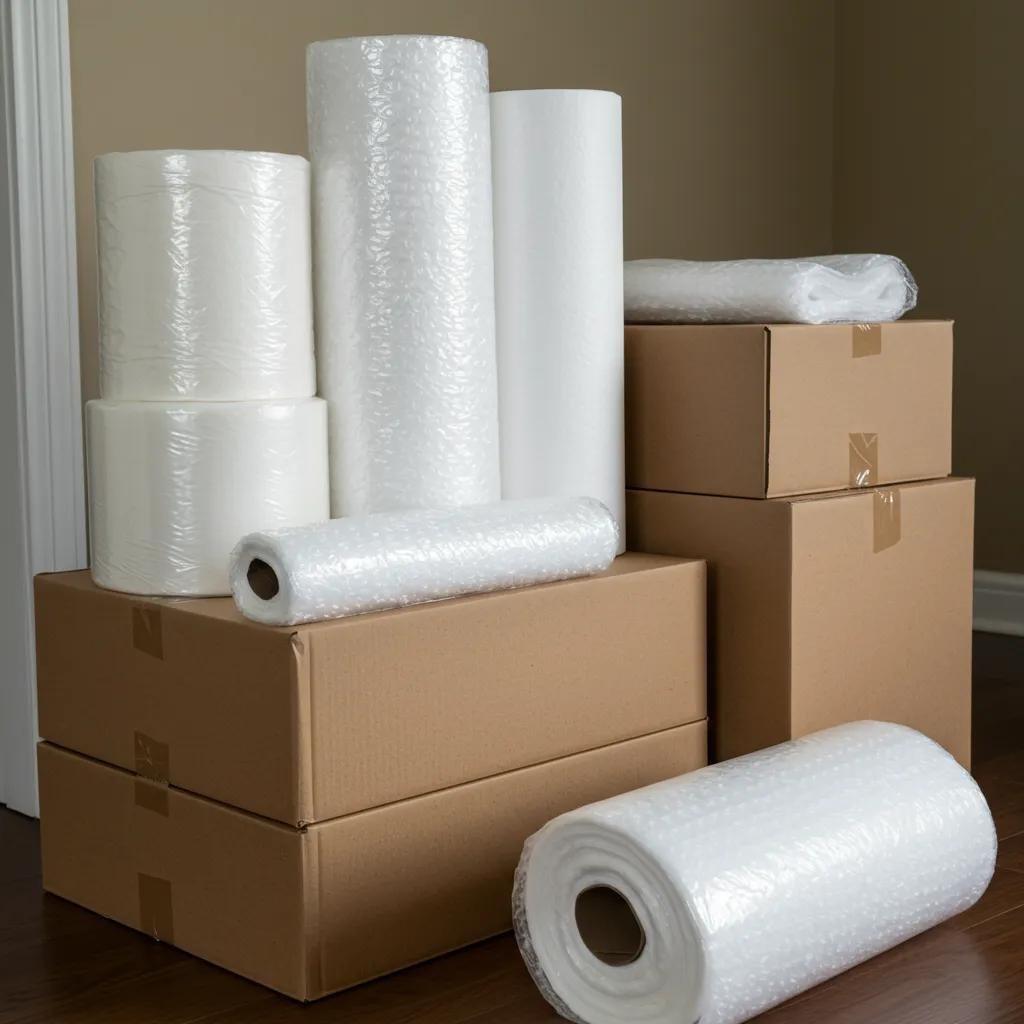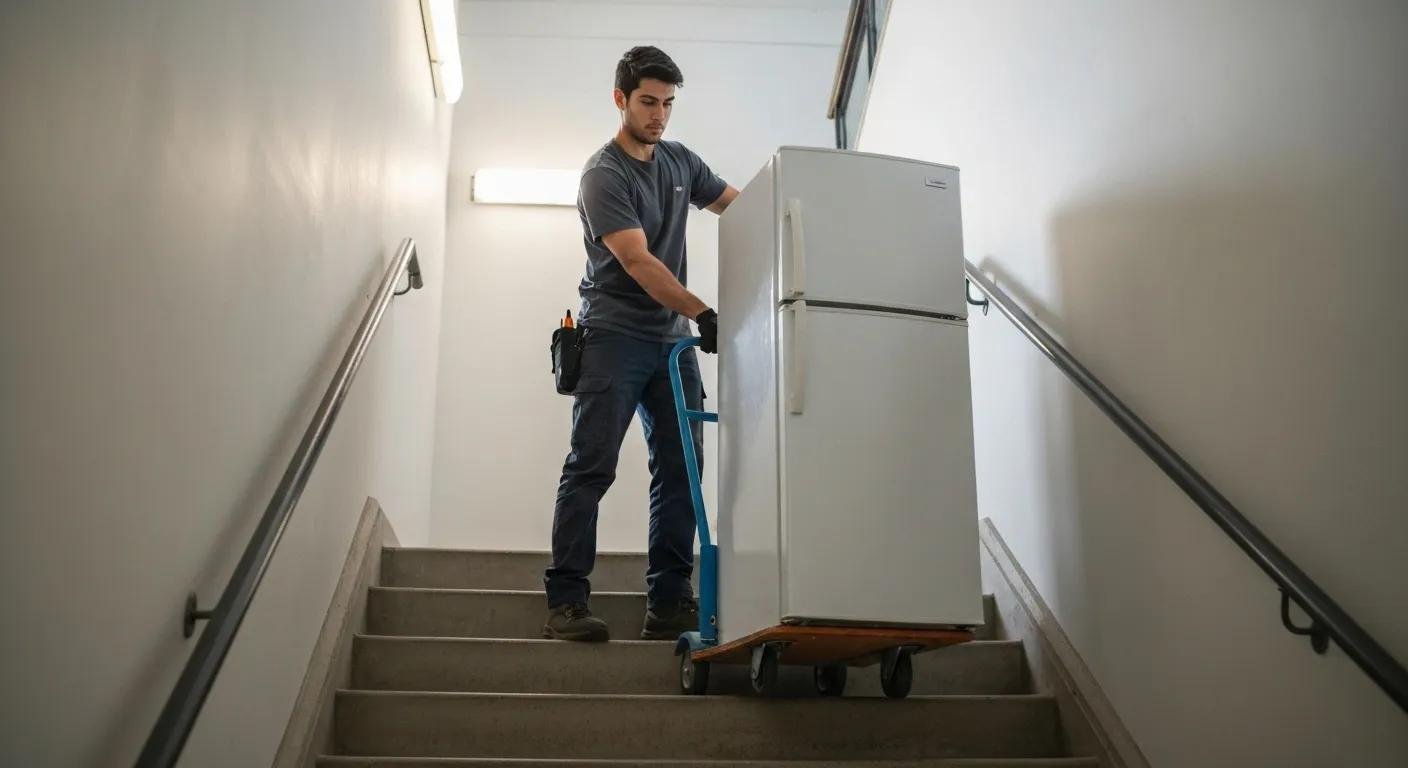10 Boston Moving Safety Tips | Horizon Boston Movers | Movers Boston

10 Essential Boston Moving Tips: Horizon Boston Movers | Movers Boston
Relocating locally in Boston presents unique challenges for your cherished possessions, from navigating tight stairwells to enduring the city’s bustling streets. If you’ve ever worried about how to ensure your items arrive unscathed, you’re in the right place. This guide outlines ten crucial safety strategies, covering everything from meticulous packing and careful furniture handling to secure loading, transit protection, insurance options, and the invaluable support of Horizon Boston Movers. We’ll delve into:
- Expert techniques for packing delicate items
- Safeguarding furniture during disassembly and transport
- Proper loading and securing of your cargo
- Understanding insurance and the benefits of professional movers
- Specialized care for valuables and post-move checks
Each section provides practical insights, step-by-step guidance, and recommended supplies to minimize risks and ensure your Boston move is as smooth as possible.
How Can Strategic Packing Protect Fragile Items During Your Local Move?
Strategic packing involves enveloping fragile items in ample cushioning to absorb impacts and prevent damage during handling and transit. By selecting the right materials, you significantly reduce the likelihood of cracks or breakage when boxes shift within the moving truck. For instance, glassware wrapped in bubble wrap can better withstand vibrations, while double-walled boxes offer superior structural integrity under pressure.
What Are the Best Packing Materials for Fragile Items?

Utilizing high-quality materials is fundamental to minimizing handling risks and forms the bedrock of secure packing for everything from delicate electronics to larger household items.
How Should You Pack Electronics to Prevent Damage?
- Place each electronic device in its original packaging or a snug, protective box.
- Wrap screens and sensitive components with anti-static bubble wrap to guard against electrostatic discharge.
- Bundle and clearly label power cords, then seal them in bags to prevent tangling and moisture ingress.
Adhering to these steps ensures your electronics arrive in perfect working order, ready for immediate setup.
Why Is Proper Labeling and Inventory Important for Belongings Safety?
A meticulous labeling and inventory system is crucial for preventing accidental mishandling and streamlining the unpacking process. Clearly mark boxes containing fragile items with prominent “FRAGILE” labels on all sides. Maintain a detailed inventory list that correlates box numbers with their contents and intended room placement. This transparent tracking system not only speeds up unloading but also alerts handlers to boxes requiring extra caution.
Effective labeling completes the packing phase, paving the way for safer furniture handling and loading techniques.
What Are the Best Practices for Furniture and Appliance Protection During a Move?
Protecting your furniture and appliances starts with reducing their size, securing loose parts, and adding protective layers to prevent scratches and dents. Disassembling items makes them easier to lift, while padding corners and edges preserves their finishes. Appliances benefit from stabilized internal components to prevent damage during transit.
How Do You Disassemble and Protect Furniture Safely?
- Carefully remove legs, shelves, and any loose hardware, storing screws and fittings in clearly labeled bags.
- Wrap each disassembled component in moving blankets or foam padding to shield against impacts.
- Use shrink wrap to secure the blankets in place and keep smaller parts contained.
- Reassemble furniture upon arrival, thoroughly checking each joint for stability before use.
This methodical approach reduces the weight of individual items and safeguards wood, glass, and metal surfaces.
What Are Safe Handling Techniques for Appliances?

- Thoroughly drain and dry refrigerators and freezers to prevent leaks during the move.
- Secure appliance doors firmly with heavy-duty straps or bungee cords.
- Utilize appliance dollies equipped with straps to tilt and maneuver units, always keeping them upright.
- Lift appliances with a partner, focusing on the sturdy frame rather than handles or control panels.
Securing internal components and employing ergonomic equipment not only reduces physical strain but also protects your floors from damage.
How Can You Protect Floors and Walls While Moving Furniture?
- Lay down floor runners or protective cardboard sheets along hallways and staircases.
- Attach corner guards to door frames to prevent accidental scrapes and scuffs.
- Place felt sliders beneath furniture legs to facilitate smooth movement without scratching wood or tile surfaces.
These preventative measures protect both your belongings and your property, ensuring a smooth transition to the truck loading phase.
How Do You Ensure Safe Loading and Secure Transport of Your Belongings?
Safe loading is about balancing weight, stabilizing cargo, and preventing movement during transit. Proper distribution of heavy items over the truck’s axles is key to maintaining stability, while padding and tie-downs keep everything securely in place, even during sudden stops.
What Are Proper Loading Techniques for Moving Trucks?
Research consistently shows that improper loading and inadequate load securement can lead to significant damage to packages and their contents, as well as potential injuries during unloading.
Load Securement and Packaging Methods for Reducing Damage in Transit
Products of different sizes and weights are loaded into trailers using various methods both mechanical and manual, by various algorithms to best weigh or cube out a trailer efficiently. However improper loading and lack of load securement inside the trailer can result in damage to both packages and the products they contain, and can lead to subsequent injury during unloading. The paper discusses improperly loaded trailers, and recommends proper loading methods.
Load securement and packaging methods to reduce risk of damage and personal injury for cargo freight in truck, container and intermodal shipments, J Singh, 2014
How Can You Secure Items Effectively During Transit?
- Utilize ratchet straps to firmly anchor bulky items to the truck’s wall rails.
- Insert foam panels or moving blankets between stacked boxes to provide cushioning.
- Place non-slip mats beneath fragile crates to prevent them from sliding.
- Employ the truck’s built-in hooks and load bars to create secure compartments for groups of items.
These measures ensure that every item is stabilized, guaranteeing a smooth journey through Boston’s streets.
The primary goal of research in this field is to establish the connection between load securement and packaging strategies in minimizing cargo damage during truck transit.
Reducing Cargo Damage: Load Securement and Packaging in Trucks
The objective of this study is to determine whether the relationship between load securement and packaging method to reduce risk of damage for cargo freight in trucks.
Load securement and packaging methods to reduce risk of damage for cargo freight in truck, S Abdul Hanan, 2017
What Are the Unique Challenges of Navigating Boston Streets with Your Belongings?
Boston’s narrow thoroughfares, limited parking availability, and historic building entrances present distinct challenges during a move. Movers must navigate meter regulations, one-way street restrictions, and potentially steep driveways. Proactive planning involves securing necessary parking permits, scouting the most efficient load-in routes, and assigning spotters to guide large items through tight corners.
Understanding and anticipating these local complexities is integral to effective packing and loading, ensuring a seamless relocation experience.
Why Should You Consider Moving Insurance and Professional Movers for Safety?
Moving insurance and professional assistance offer a dual layer of protection against unexpected issues. Insurance safeguards your financial investment against loss or accidental damage, while trained movers employ proven handling techniques to minimize the risk of breakage.
What Moving Insurance Options Protect Your Valuables?
- Released value protection, offered at a minimal cost, provides basic coverage calculated per pound per item.
- Full replacement value coverage, which reimburses the actual value of items, subject to a deductible.
- Third-party transit insurance, providing customizable policies tailored for high-value items like antiques or artwork.
Selecting the appropriate insurance option offers invaluable peace of mind and ensures a straightforward claims process should any incident occur during transit.
How Do Professional Movers Like Horizon Boston Movers Enhance Belongings Safety?
Seasoned local movers utilize proprietary packing techniques, specialized equipment, and rigorous handling protocols. Horizon Boston Movers assigns dedicated teams expertly trained in navigating staircases, maneuvering in tight spaces, and securely loading moving trucks. Our uniformed professionals employ calibrated dollies, robust anchoring systems, and custom crates to ensure each item is protected from the moment it leaves your old home to the moment it arrives at your new one.
Combining comprehensive insurance coverage with the expertise of professional movers provides a complete safety net for your relocation.
How Can You Protect Valuables and Ensure a Damage-Free Move?
High-value items require exceptional care, including discreet storage, personalized transport, and systematic verification. Secure containers, dedicated carry-on boxes, and thorough post-move inspections are essential to confirm that every piece arrives in pristine condition.
What Are Best Practices for Moving Jewelry, Documents, and Artwork?
- Store jewelry in padded, lockable travel cases that you carry personally.
- Transport critical documents in waterproof filing boxes kept under your direct supervision.
- Pack artwork in sturdy, foam-lined crates equipped with corner protectors, and clearly label them with orientation indicators.
Maintaining personal custody of irreplaceable items prevents loss and allows for direct oversight of their condition throughout the move.
Specialized guidance is available for moving valuables and other irreplaceable items safely, ensuring their protection at every stage of the process.
Moving Valuables and Irreplaceable Items Safely
Valuables and irreplaceable items like jewelry, coin collections and family photos should be moved.
The Smooth Move, 1992
How Should You Unpack Safely and Check for Damage After Your Move?
- Open boxes one by one, carefully inspecting each item against your inventory list.
- Promptly photograph any discovered damage to facilitate insurance claims.
- Allow electronic devices to acclimate to their new environment before powering them on.
- Set aside packing materials for future use or dispose of them responsibly according to local recycling guidelines.
Completing this thorough inspection process directly relates to accurate labeling and inventory management, effectively closing the safety loop from initial packing to final placement.
Implementing these ten essential steps creates a robust defense against damage, stress, and unexpected issues during your Boston move. By integrating professional packing, meticulous handling, strategic loading, and the specialized expertise and insurance options offered by Horizon Boston Movers, you can ensure both the safety of your belongings and your peace of mind.
Request a quote today for a truly damage-free relocation experience.


